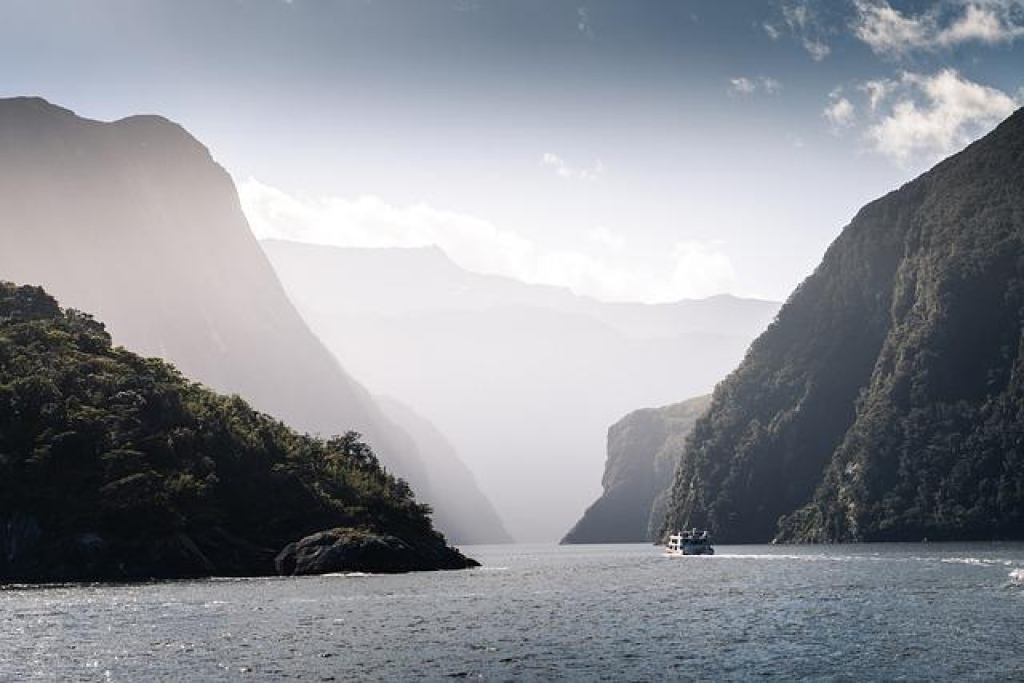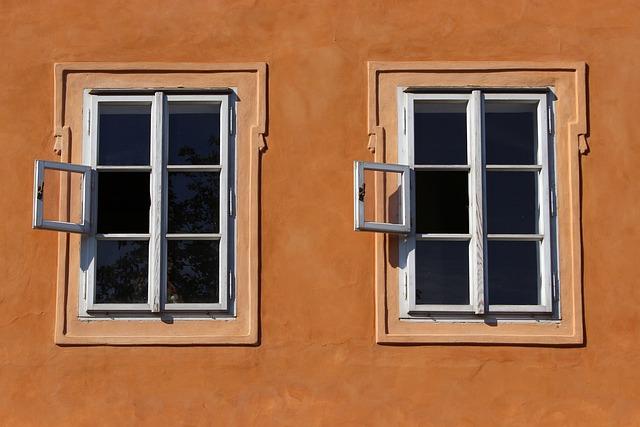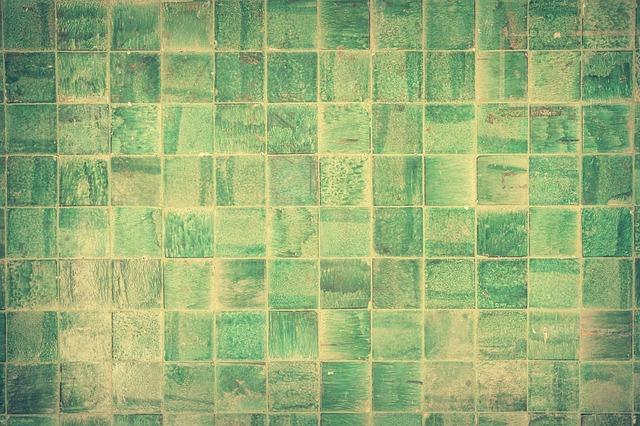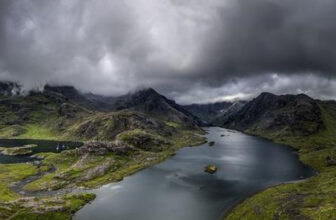Capture Stunning Architecture: Top Photography Tips
GoogleAds

Architecture is all around us, from historic monuments to modern skyscrapers. Capturing the beauty and intricacies of these stunning structures through photography can be a rewarding and creative endeavor. Whether you’re a beginner looking to improve your skills or a seasoned photographer wanting to take your architectural shots to the next level, these top photography tips will help you capture the beauty of buildings in all their glory.
lighting“>Choosing the Right Time of Day for the Best Lighting
When it comes to capturing stunning architecture in your photographs, is crucial. The way sunlight hits a building can completely transform the way it looks in a picture. Here are some tips for finding the perfect lighting for your architectural shots:
Morning: Early morning light can cast a soft, golden hue on buildings, creating a warm and inviting atmosphere. This time of day is ideal for capturing intricate details and textures in your architectural photos.
Afternoon: In the afternoon, the sun is higher in the sky, creating sharp shadows and highlighting the unique shapes and angles of buildings. This can add drama and depth to your photos, especially if you’re looking to emphasize the modern lines of a skyscraper or the ornate details of a historic building.
Golden Hour: The hour just before sunset, known as the golden hour, is a favorite among photographers for its soft, warm light. This magical time of day can make even the most ordinary buildings look extraordinary, with a golden glow that creates a dreamy and romantic atmosphere.
Blue Hour: The blue hour occurs just before sunrise and after sunset when the sky takes on a deep blue hue. This time of day can add a cool, moody feel to your architectural photos, perfect for creating a sense of mystery or capturing the quiet beauty of a city at night.
Utilizing Leading Lines to Enhance Composition
Capturing Stunning Architecture: Top Photography Tips
One of the key elements in photography is . Leading lines are a powerful tool that can be used to guide the viewer’s eye through the image and towards the main subject. When photographing architecture, incorporating leading lines can help create a sense of depth and dimension in your photos.
**Here are some tips on how to effectively use leading lines in your architectural photography:**
- Look for natural leading lines in the architecture, such as roads, fences, or walls, that can help draw the viewer’s eye towards the main subject.
- Use architectural elements like columns, arches, or windows as leading lines to frame your subject and create a strong focal point in your composition.
- Experiment with different angles and perspectives to find unique leading lines that can add visual interest to your photos.
**Incorporating leading lines into your architectural photography can help create visually engaging and dynamic compositions that will captivate your audience.**
| Leading Lines | Effect |
|---|---|
| Roads | Guides the viewer’s eye towards the main subject |
| Columns | Frame the subject and create a focal point |
| Windows | Add visual interest and depth to the composition |

Experimenting with Different Perspectives and Angles
Are you looking to take your architectural photography to the next level? One way to achieve stunning shots is by . By changing up your vantage point and composition, you can capture buildings and structures in a whole new light.
One technique to try is shooting from low angles. By getting down low and shooting upwards, you can emphasize the height and grandeur of a building. This perspective can make even the most ordinary building look extraordinary. Don’t be afraid to get on the ground and play with different angles to find the perfect shot.
Another approach is to shoot from above. Whether you’re using a drone, a rooftop vantage point, or a nearby hill, shooting from above can give you a unique perspective on the architecture below. This bird’s eye view allows you to capture the layout and design of a building in a way that ground-level shots simply can’t achieve.
Experiment with framing your shots in creative ways. Instead of always centering the building in the frame, try off-center compositions or using natural framing elements like trees or archways. Play with leading lines to draw the viewer’s eye towards the architectural details you want to highlight. By thinking outside the box, you can create visually engaging and dynamic images.
Remember, photography is all about experimentation. Don’t be afraid to try new things and push the boundaries of traditional composition. By playing with different perspectives and angles, you can unlock a whole new world of possibilities for capturing stunning architecture in your photographs.

Playing with Symmetry and Asymmetry in Architectural Shots
When capturing architectural shots, one of the key techniques to keep in mind is playing with symmetry and asymmetry. This can help create visually stunning and dynamic photographs that capture the essence of a building or structure.
**Symmetry**: Symmetry plays a crucial role in architectural photography, as it can help create a sense of balance and harmony in your shots. Look for buildings with symmetrical features such as windows, doors, or columns. Position yourself directly in front of the building to capture its symmetrical beauty.
**Asymmetry**: On the other hand, asymmetry can add a sense of interest and uniqueness to your architectural shots. Look for buildings with unexpected angles, shapes, or details that disrupt the symmetry. Experiment with different angles and perspectives to highlight these asymmetrical elements.
**Combining Symmetry and Asymmetry**: To take your architectural photography to the next level, try combining symmetry and asymmetry in your shots. This can create a dynamic and visually appealing composition that draws the viewer in. Consider framing a symmetrical building with asymmetrical elements in the foreground for a striking contrast.
**Experimentation is Key**: Ultimately, the key to capturing stunning architecture lies in experimentation. Don’t be afraid to try different compositions, angles, and techniques to see what works best for each building or structure. Whether you prefer symmetry, asymmetry, or a combination of both, the key is to let your creativity shine through in every shot.

Using Reflections to Add Depth and Interest
When photographing architecture, utilizing reflections can truly elevate your images to the next level. Not only do reflections add depth and interest, but they can also create a sense of symmetry and balance in your composition. One effective technique is to look for reflective surfaces such as glass windows, water bodies, or shiny metal surfaces to capture stunning architectural shots.
**Tips for Using Reflections in Architecture Photography:**
- Experiment with different angles and perspectives to find the most compelling reflection.
- Use a polarizing filter to reduce glare and enhance the clarity of the reflection.
- Play with natural light to create interesting patterns and textures in the reflection.
- Combine reflections with other elements in the frame to add context and visual interest.
**Capturing Reflections in Urban Landscapes:**
When shooting architecture in urban environments, skyscrapers, and modern buildings can provide fantastic opportunities for capturing reflections. The sleek glass surfaces of these structures often reflect the surrounding cityscape, creating captivating images that showcase the dynamic interplay between man-made structures and nature.
| Reflection Technique | Example |
|---|---|
| Reflection of city lights on a glass skyscraper |  |
**Exploring Reflections in Historical Architecture:**
When photographing historical buildings and landmarks, reflections can offer a unique perspective that highlights the building’s intricate details and design features. Look for opportunities to capture reflections in ornate windows, polished metal surfaces, or water bodies surrounding the structure.
**Final Thoughts:**
Using reflections in architecture photography adds a creative dimension to your images and can help you capture the essence of a building in a unique way. Experiment with different techniques and locations to discover the magic of reflections in architectural photography.

Emphasizing Details and Textures in Architectural Photography
When capturing architecture through the lens of your camera, paying attention to details and textures can make all the difference in creating stunning photographs that stand out. By emphasizing the intricate details and unique textures of buildings, you can elevate your architectural photography to a whole new level.
One key tip for emphasizing details in architectural photography is to get up close and personal with your subject. Zoom in on interesting architectural details such as ornate carvings, intricate patterns, or unique materials. By focusing on these intricate details, you can create captivating photos that draw the viewer in and highlight the beauty of the building.
Textures play a crucial role in architectural photography, adding depth and visual interest to your images. To showcase textures effectively, pay attention to the interplay of light and shadow on the building’s surfaces. This can help bring out the different textures, whether it’s the rough surface of weathered stone or the smooth finish of glass.
Experiment with different angles and perspectives to capture the textures of the building from various viewpoints. Shooting from a low angle can emphasize the texture of the building’s facade, while shooting from above can highlight the patterns and shapes created by the architecture. Don’t be afraid to try out unconventional angles to create unique and visually striking images.
Remember, details and textures are what give a building its character and personality. By honing in on these elements in your architectural photography, you can create images that not only showcase the beauty of the building but also tell a compelling visual story.

Mastering Post-processing Techniques to Enhance Architectural Photos
When it comes to capturing stunning architectural photos, mastering post-processing techniques is essential. Enhancing your images through editing can take your photography to the next level and make your work stand out.
One key post-processing technique to enhance architectural photos is utilizing HDR (High Dynamic Range) photography. This technique involves blending multiple exposures of the same scene to create a final image with a greater dynamic range. This can help balance out the lighting in your photos and bring out the details in both the shadows and highlights.
Another important aspect of post-processing architectural photos is paying attention to the composition of your images. Using leading lines, framing, and proper symmetry can all elevate the visual appeal of your photos and draw the viewer’s eye to key elements of the architecture.
Don’t forget to pay attention to color and tonal adjustments in your editing process. Making sure that the colors in your photos are accurate and vibrant can make a big difference in the overall impact of your images. Adjusting the tones can also help create a mood or atmosphere that complements the architecture.
Lastly, don’t be afraid to experiment with different editing techniques and software. Whether you’re using Adobe Lightroom, Photoshop, or another editing program, there are endless possibilities for enhancing your architectural photos. Remember, practice makes perfect, so keep refining your post-processing skills to truly capture the beauty of architecture.
Q&A
Q: What are some tips for capturing stunning architecture in photography?
A: Some tips for capturing stunning architecture in photography include paying attention to lighting, angles, and compositions. A well-lit building can make a huge difference in the final photo, and experimenting with different angles can lead to unique and striking shots.
Q: How important is it to plan ahead when photographing architecture?
A: Planning ahead is crucial when photographing architecture. Researching the location, scouting for the best vantage points, and considering the time of day for optimal lighting can all contribute to capturing stunning architectural shots.
Q: What equipment is essential for photographing architecture?
A: Essential equipment for photographing architecture includes a sturdy tripod for stability, a wide-angle lens for capturing expansive buildings, and a polarizing filter to reduce glare and enhance colors. A remote shutter release can also be helpful in avoiding camera shake.
Q: How can post-processing enhance architectural photos?
A: Post-processing can enhance architectural photos by adjusting exposure, contrast, and color balance to bring out the details and textures of the building. Cropping and straightening can also improve composition, while applying lens corrections can correct distortions in perspective.
Q: What are some common mistakes to avoid when photographing architecture?
A: Some common mistakes to avoid when photographing architecture include not paying attention to distracting elements in the frame, over-processing photos to the point of artificiality, and neglecting to capture the context of the building within its surroundings. It’s important to strike a balance between creativity and authenticity in architectural photography.
To Conclude
In conclusion, capturing stunning architecture requires patience, practice, and attention to detail. By following these top photography tips, you can enhance your skills and create visually stunning images of the world’s most beautiful structures. Remember to experiment with different angles, lighting, and perspectives to truly capture the essence of each architectural masterpiece. So grab your camera, venture out into the cityscape, and start snapping those iconic shots. Happy shooting!
GoogleAds







